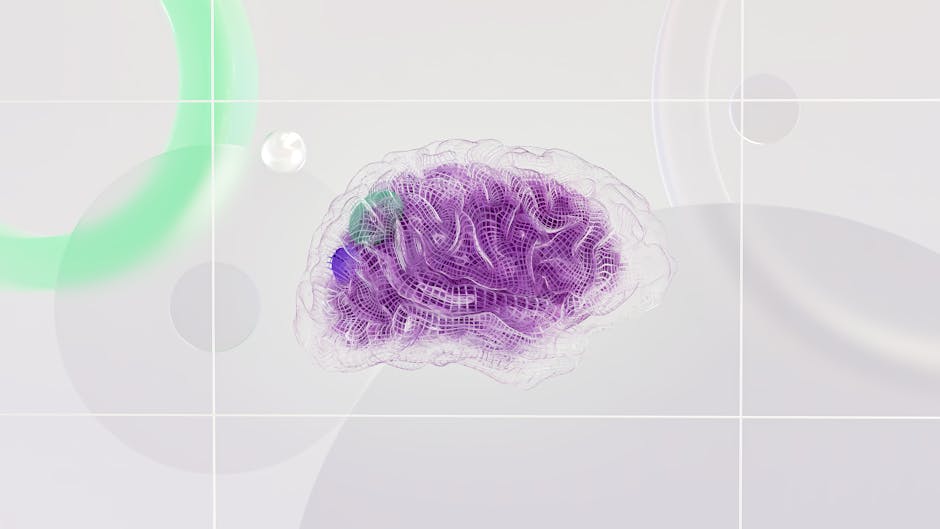CSS Color Formats Overview
CSS provides multiple ways to specify colors in stylesheets. Understanding the available formats, their syntax, and browser support helps you make informed choices about color specification in modern web development.
CSS color formats have evolved significantly over the years. Early CSS supported a limited set of named colors and basic numeric formats. Modern CSS supports dozens of color formats with enhanced functionality and precision.
The choice of color format affects not only how you write your code but also readability, maintainability, and browser compatibility.
Named Colors
The simplest CSS color format is named colors. CSS defines 147 named colors that you can use by name.
Examples include: red, blue, green, white, black, transparent, and many more.
Named colors are intuitive and readable but offer limited options. You're restricted to the predefined color set.
Named colors are useful for quick prototyping, common colors, and cases where the exact shade isn't critical. They should generally be avoided for branding or design work where specific colors are important.
background-color: red;
color: white;
border-color: transparent;
Hexadecimal (HEX) Format
HEX notation represents RGB colors using hexadecimal digits. It's the traditional standard for web colors.
Syntax is #RRGGBB where RR, GG, and BB are hex digits representing red, green, and blue channels (00-FF).
Examples: #FF0000 (red), #00FF00 (green), #0000FF (blue), #FFFFFF (white), #000000 (black).
HEX also supports short notation (#RGB) for colors where each channel repeats (e.g., #F00 is equivalent to #FF0000).
HEX is compact, widely supported, and the standard for CSS. However, it's not intuitive for human color selection, and you cannot directly specify opacity with HEX.
color: #333333;
background-color: #E8F4F8;
border-color: #FF5733;
RGB and RGBA Formats
RGB notation specifies colors using decimal values for red, green, and blue channels.
Traditional RGB syntax is rgb(red, green, blue) where each value is 0-255.
Examples: rgb(255, 0, 0) (red), rgb(0, 255, 0) (green), rgb(0, 0, 255) (blue).
RGBA extends RGB by adding an alpha channel for transparency: rgba(red, green, blue, alpha) where alpha is 0-1 (0 is transparent, 1 is opaque).
Examples: rgba(255, 0, 0, 0.5) (semi-transparent red), rgba(0, 0, 0, 0.8) (semi-transparent black).
RGB is more intuitive than HEX for some developers, especially those familiar with programming. RGBA is essential when you need transparency.
color: rgb(51, 51, 51);
background-color: rgba(100, 200, 150, 0.8);
border-color: rgb(255, 87, 51);
Modern CSS also supports decimal percentages: rgb(100%, 0%, 0%) is equivalent to rgb(255, 0, 0).
HSL and HSLA Formats
HSL notation represents colors using hue, saturation, and lightness.
Syntax is hsl(hue, saturation%, lightness%) where:
- Hue is 0-360 degrees
- Saturation is 0-100%
- Lightness is 0-100%
Examples: hsl(0, 100%, 50%) (red), hsl(120, 100%, 50%) (green), hsl(240, 100%, 50%) (blue).
HSLA adds transparency: hsla(hue, saturation%, lightness%, alpha).
HSL is excellent for creating color schemes because adjusting hue, saturation, or lightness intuitively changes the color. Want a lighter red? Increase lightness. Want a more muted color? Decrease saturation.
HSL is increasingly popular in modern CSS because of its human-friendly structure.
color: hsl(200, 75%, 50%);
background-color: hsla(120, 100%, 50%, 0.5);
border-color: hsl(0, 100%, 50%);
Modern CSS Color Module Features
CSS Color Module Level 4 introduced several new features that are increasingly supported in modern browsers.
Relative Colors
Relative colors allow you to specify a color relative to another color:
background-color: hsl(from blue lighter 50%);
color: rgb(from red lighter 50%);
This syntax (still in development) would allow deriving colors from base colors, making design systems more maintainable.
Lab and LCH Colors
Lab and LCH provide more perceptually uniform color spaces:
color: lab(50 20 30);
background-color: lch(50% 30 120);
Lab and LCH are more accurate for specifying colors that will appear consistent across different viewing conditions and media.
Hwb Colors
HWB (hue, whiteness, blackness) is another human-friendly color format:
color: hwb(194 0% 0%);
HWB specifies colors by hue plus how much white or black is mixed in.
Color Function
The color() function provides access to more color spaces:
color: color(display-p3 1 0 0);
This allows specifying colors in different color spaces with greater precision.
Oklch Colors
Oklch is a newer color space designed for better perceptual uniformity:
background-color: oklch(59% 0.156 146);
Browser Support Considerations
Color format support varies across browsers:
Named colors, HEX, RGB, RGBA, HSL, and HSLA are universally supported in all modern browsers.
Modern color formats like Lab, LCH, and relative colors have limited support. Lab and LCH are supported in recent versions of modern browsers, but older browsers don't support them.
When using newer color formats, consider providing fallbacks for older browsers:
.element {
background-color: hsl(200, 75%, 50%);
background-color: lch(50% 50 200);
}
The browser uses the first supported format and ignores unsupported ones.
Choosing Color Formats for Modern Development
For maximum compatibility, use HEX, RGB, RGBA, HSL, or HSLA. All modern browsers support these formats.
For readability and flexibility, prefer HSL or HSLA over HEX or RGB. HSL's structure makes it easier to understand and adjust colors.
Use RGBA or HSLA (with alpha less than 1) when you need transparency rather than using CSS opacity, which affects the element and all descendants.
For advanced color work, explore newer formats like Lab or Oklch, but provide fallbacks for browser compatibility.
For design systems, consider using CSS custom properties (variables) to store colors in a consistent format:
:root {
--color-primary: hsl(200, 100%, 50%);
--color-secondary: hsl(120, 100%, 50%);
--color-light-primary: hsl(200, 100%, 90%);
}
.button {
background-color: var(--color-primary);
}
Best Practices for CSS Colors
Use HSL or RGBA for new code. These formats are more flexible and readable than HEX.
Create color variables for colors used multiple times. This improves maintainability and makes color changes easier.
Include whitespace in color notation for readability:
color: rgb(51, 51, 51);
color: hsl(0, 0%, 20%);
Consider using design tokens to manage colors systematically across your entire project.
Document your color palette and why specific colors are used.
Ensure colors meet accessibility requirements (sufficient contrast for text).
Use tools to validate color syntax and check for accessibility issues.
Use modern CSS preprocessors like SCSS if you need more advanced color manipulation:
$primary: hsl(200, 100%, 50%);
$primary-light: lighten($primary, 10%);
$primary-dark: darken($primary, 10%);
Color Format Examples in Context
For a simple button:
.button {
background-color: hsl(200, 100%, 50%);
color: white;
border: 2px solid hsl(200, 100%, 40%);
}
.button:hover {
background-color: hsl(200, 100%, 45%);
}
For a design system with transparency:
:root {
--color-primary: hsl(200, 100%, 50%);
--color-overlay: hsla(0, 0%, 0%, 0.5);
--color-success: hsl(120, 100%, 50%);
--color-error: hsl(0, 100%, 50%);
}
.modal {
background: white;
}
.modal::backdrop {
background: var(--color-overlay);
}
CSS provides multiple color format options for different needs. Modern development should leverage HSL and HSLA for their human-friendly structure and compatibility, while keeping newer formats like Lab and Oklch in mind for future development. The key is choosing formats that balance compatibility, readability, and maintainability for your specific project needs.



